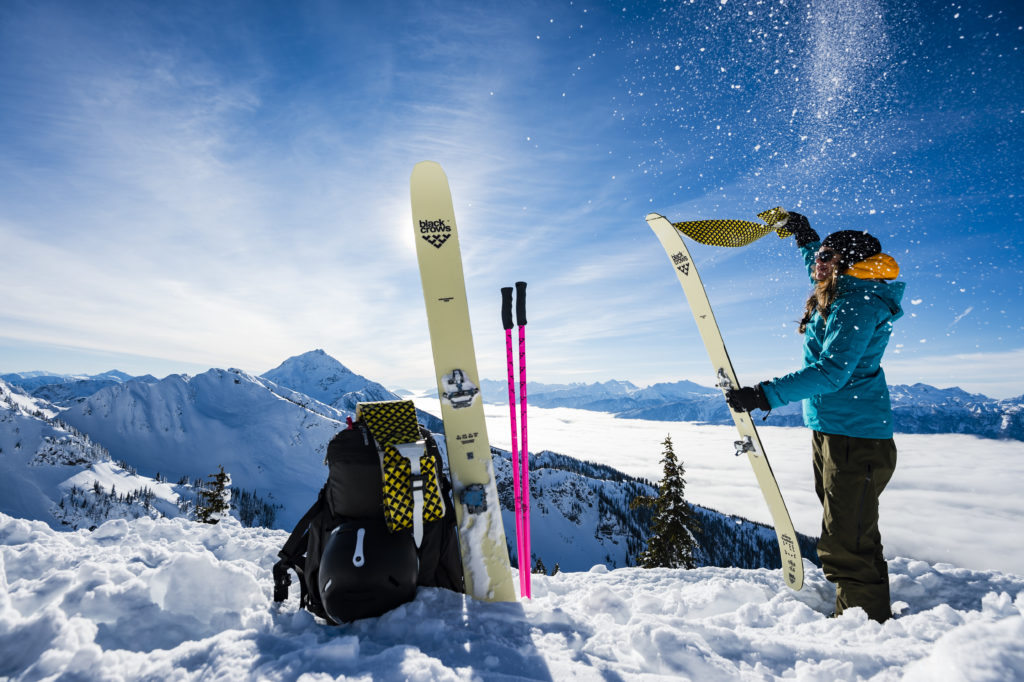
The Backcountry world is awash with new products each year & Touring Bindings have to be one of the categories with more exciting upgrades. Deciphering the marketing spiel and working out what bindings are perfect for you is a tricky task. This Guide will hopefully answer any questions you may have about Ski Touring Bindings.
Please note: the majority of our Ski Binding Basics and Ski Boot & Binding Compatibility guides also apply to
Binding Categories
There are two major categories of Touring Bindings, Pin Bindings & Frame Bindings.

Pin Touring Bindings
Pin bindings (also known as Tech Bindings, Dynafits, and many other colloquial terms) are categorised and distinguishable by the toe attachment point being through the use of two pins entering specifically designed boots.

Pin Bindings are generally lighter weight, prioritise uphill performance and are widely used by guides and more experienced backcountry users. Pin bindings are known to have a more natural stride while skinning because the pivot point is closer to the ball of your foot. If you are serious about getting into backcountry skiing, Tech bindings are the way to go.
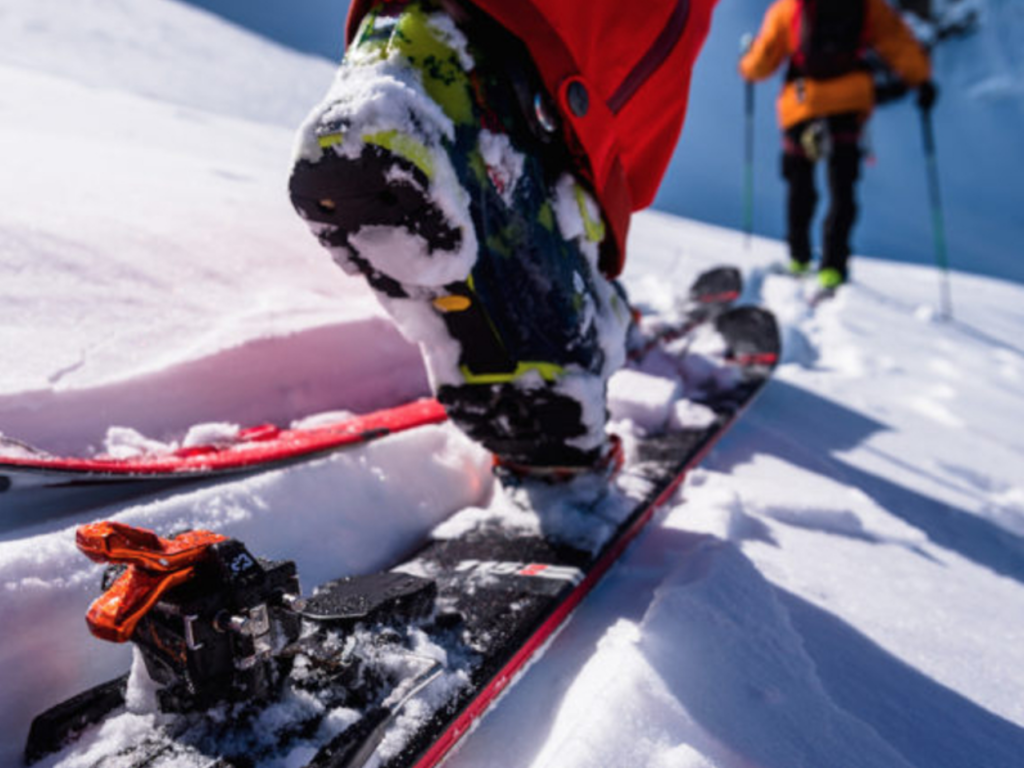
Pin bindings have a wide range of targeted users, from ultra-ultralight bindings used for Ski Mountaineering races, to beefy bindings aimed to hold up to big jumps and tricks in the backcountry. Where you look on the scale depends on your ambitions as a backcountry skier. The lighter you go, the easier it is on the up, but the less performance the bindings will have on the downhill.
Ultralight Pin Bindings
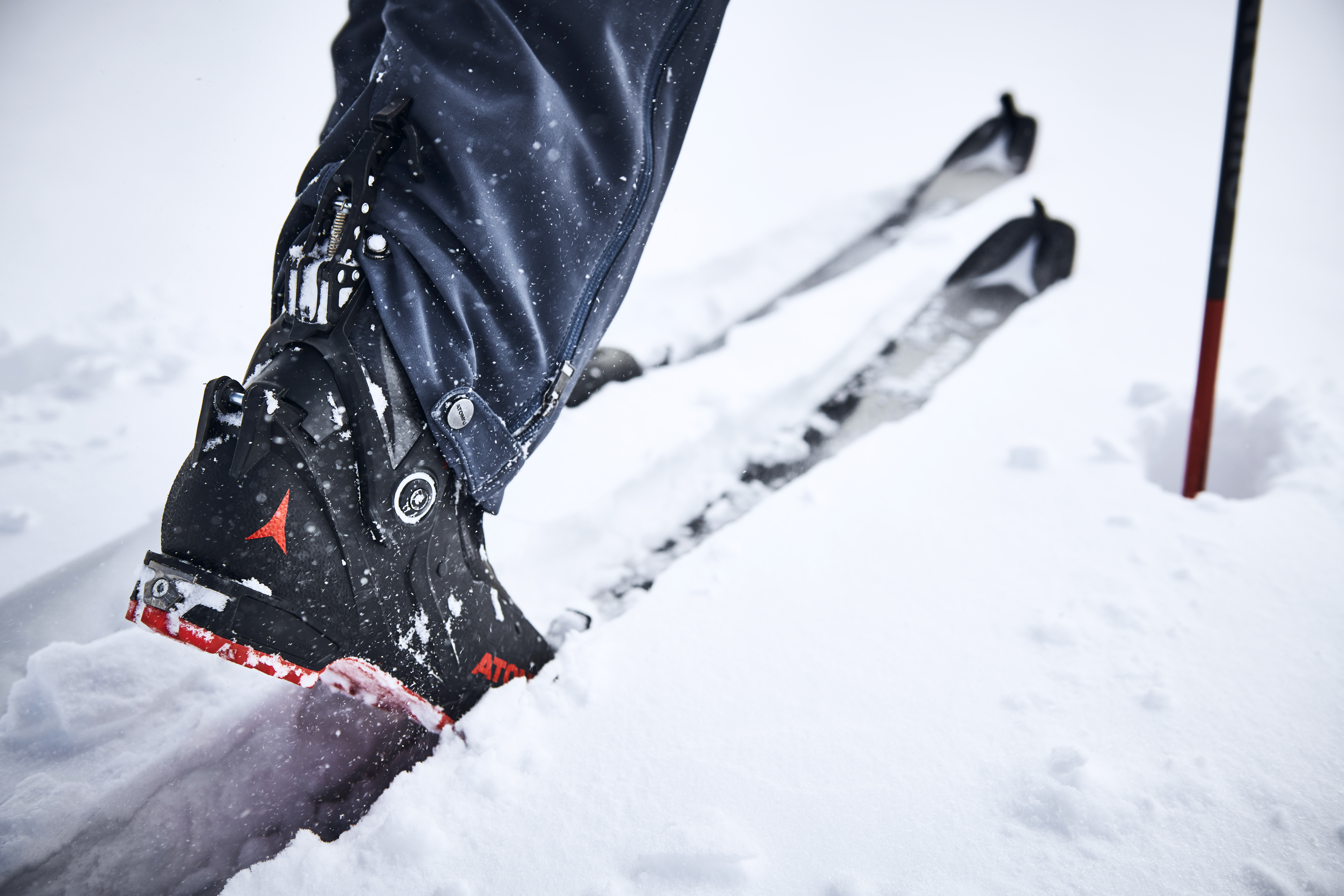
Ultralight Pin bindings range from weighing effectively nothing, up to a few hundred grams. These bindings are designed for taking you deep into the mountains. Primarily paired up with similarly ultralight skis and used as a dedicated backcountry set up.
Ultralight Pin Bindings @ Aussieskier w/ Weights

- ATK Haute Route 2.0 – 165g
- Marker Alpinist 9 – 245g
- Marker Alpinist 12 – 245g
- G3 Zed – 345g
- ATK Raider 12 2.0 – 350g w/ Brake
- ATK Freeraider 14 2.0 – 395g w/Brake

Crossover Tech Bindings
The Crossover Pin binding category is only a recent creation. These
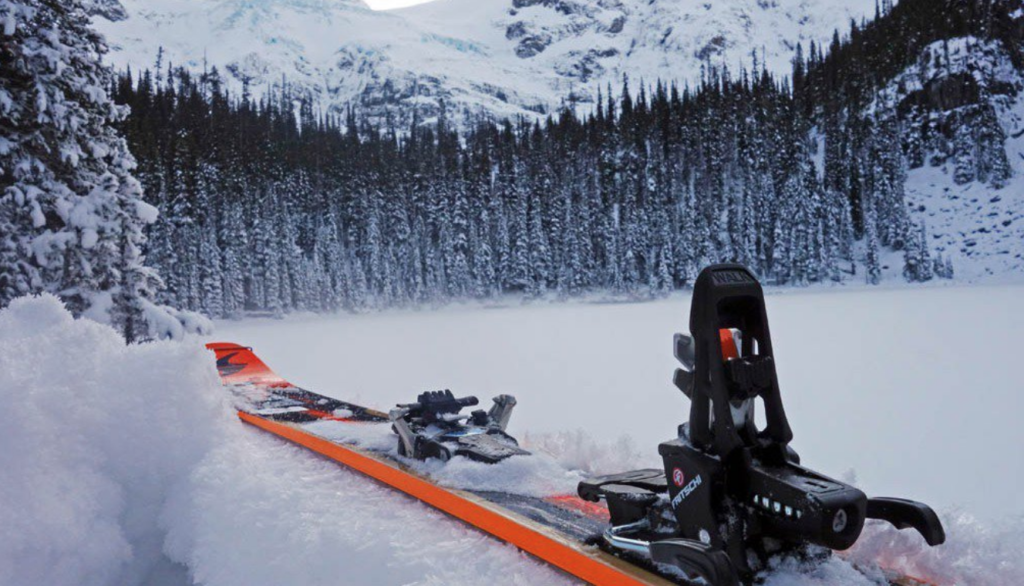
These bindings pair with Traditional Skis for your 1 ski quiver and 50/50 resort/backcountry or with Lighter Touring skis as safer* backcountry dedicated options. While not ideal as a dedicated resort binding, there are plenty of people who ski these bindings most of the time, they offer consistent release values and good power transmission but lack in the durability when skied hard compared to traditional alpine bindings or frame touring bindings.
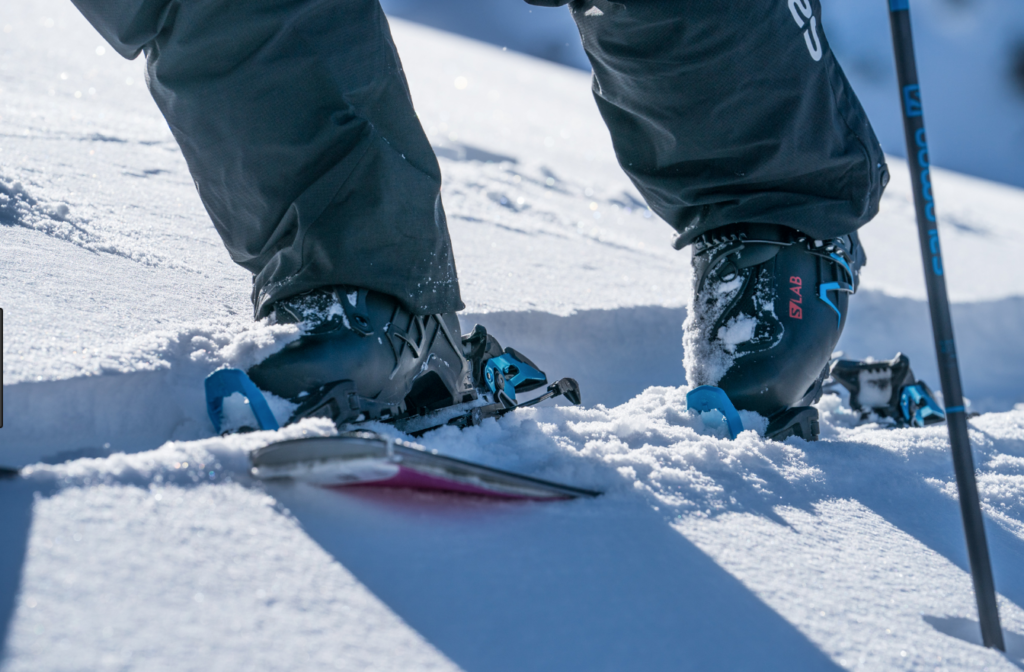
(* Safety in Pin bindings is a whole topic best left to people with dummy rigs. We use safe in this context as most of the Crossover bindings generally release more consistently than the Ultralight ones)
Crossover Pin Bindings @ Aussieskier w/ Weights.

- G3 Ion – 623g w/ Brake
- Fritschi Tecton – 678g w/ Brake
- Marker Kingpin 13 – 730g w/ Brake
- Atomic Shift – 865g w/ Brake
- Salomon Shift – 865g w/ Brake

Frame Touring Bindings
Frame touring bindings look and feel like traditional alpine bindings, however are built onto frames to allow you to lift your heel and skin into the backcountry. Their beefy construction allows you to ski them as you would a traditional alpine binding. Big resort days, no worries.
Frame touring bindings main advantage is that they are widely compatible with any boot on the market. If you want to get into touring but don’t want to splash for new pin compatible touring boots, a frame touring binding is the answer.
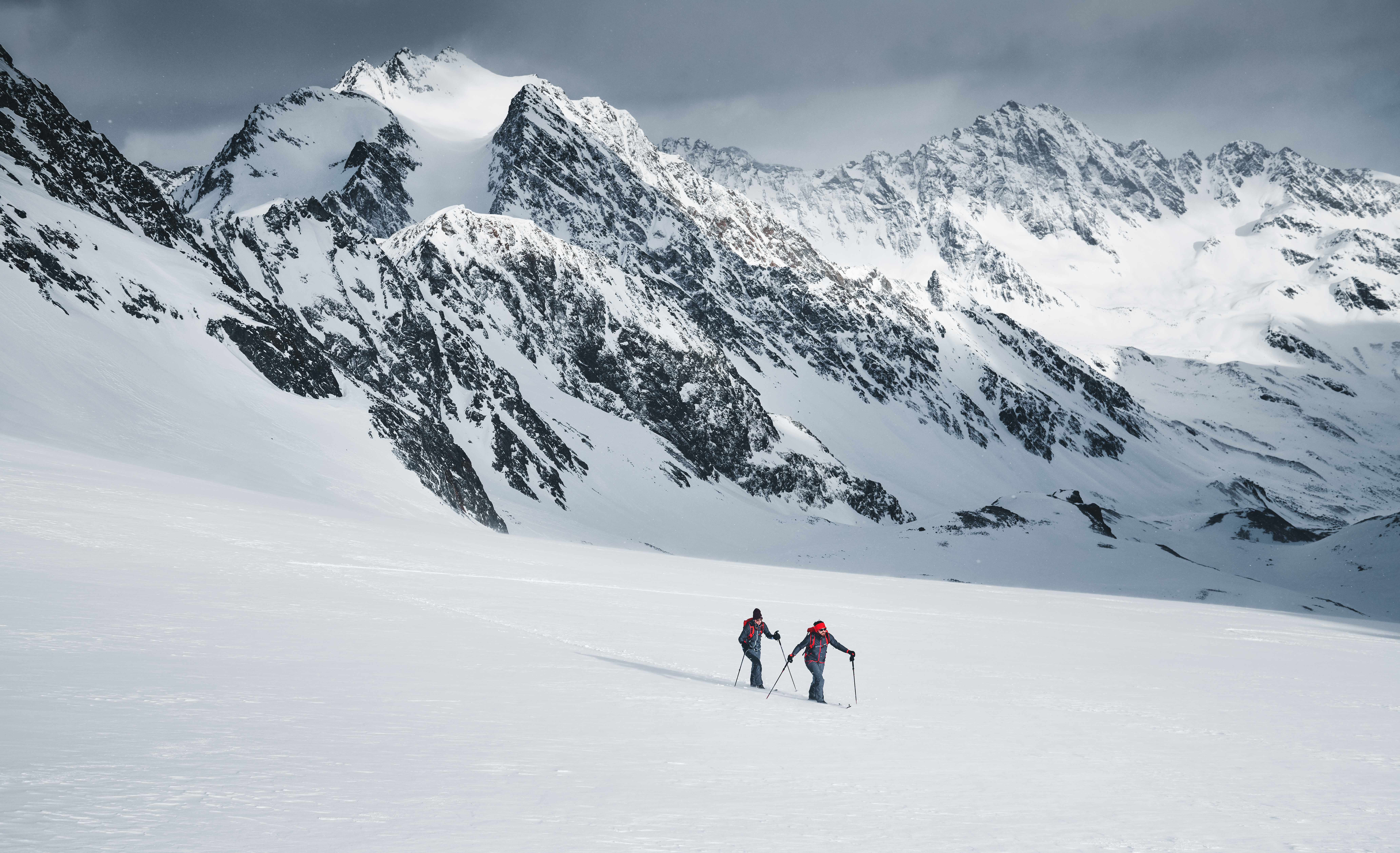
With the added weight, fact that you have to pick up the entire binding each step and longer pivot point, Frame bindings are a bit of a drag on the way up. But reward you with alpine performance on the way down.
Be careful when buying Frame Touring bindings as most have more than 1 size that relate to your boot size. Check your Boot Sole Length is compatible with the size of binding you are looking at before pulling the trigger.
Frame Touring Bindings @ Aussieskier w/ Weights

- Marker Tour F10 – 855g (Small) 872g (Large)
- Marker Tour F12 EPF – 1075g (Small) 1090g (Large)
- Marker Baron EPF – 1225g (Small) 1240g (Large)
- Marker Duke EPF – 1334g (Small) 1395g (Large)
- Salomon Guardian 13 MNC – 1451g (Small) 1470g (Large)
- Salomon Guardian 16 MNC – 1470g (Small) 1501g (Large)

Deciding what Touring Bindings suit you
Ultimately any of these bindings will get you out into the backcountry when coupled with a pair of skins. How far you go and into what terrain will be largely what decides what kind of binding you need. (Sidenote: We always recommend having appropriate Avalanche Safety equipment & the knowledge of how to use it before entering into the Backcountry. Avalanches happen, even in Australia)
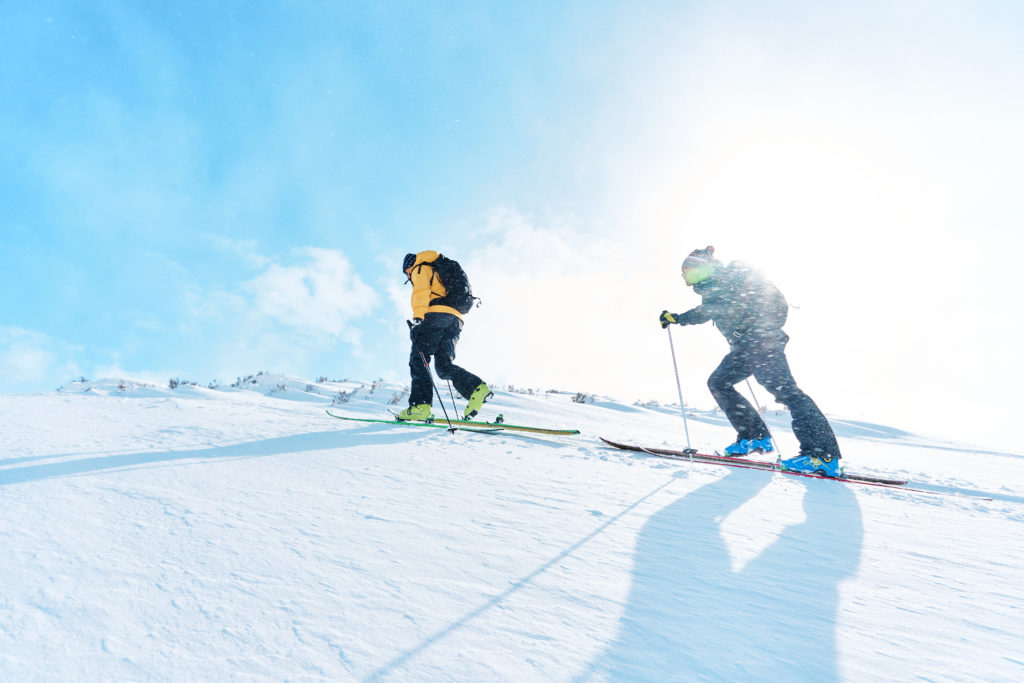
Starting off, your Ski Boots play a massive role in deciding what binding to choose. If you don’t have pin compatible boot, you are going to be limited to frame bindings. If are serious about getting into backcountry skiing we would recommend getting a pin boot & pin bindings. If that isn’t an option, pair which frame binding works with your skier ability, weight, and goals.
- Marker Tour F10 – Lightweight skiers looking for uphill performance
- Marker Tour F12 EPF – Ladies/Lightweight guys looking to mix Uphill/Downhill performance. Powerful skiers use the F12 as a backcountry only binding.
- Marker Baron/Salomon Guardian 13 – Advanced skiers looking for a binding they can ski as hard in the resort as they like. Ladies who charge and want a resort focused binding.
- Marker Duke/Salomon Guardian 16 – Expert powerful skiers only. There are very few people who need a 16 DIN touring binding.
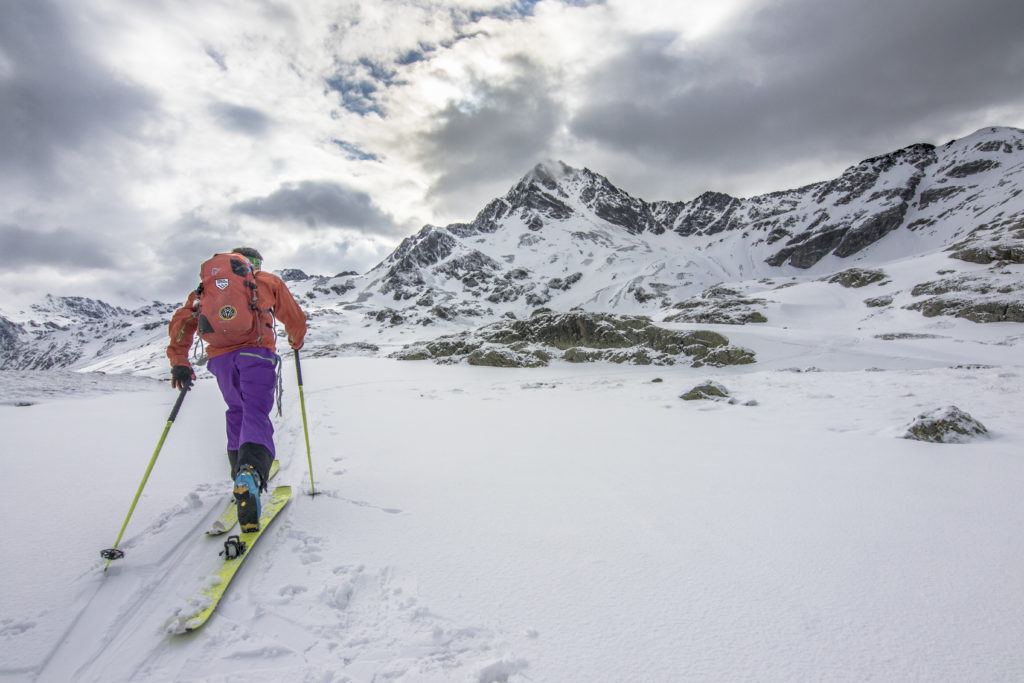
With the release of the Salomon Shift & Fritschi Tecton, if you have Pin Compatible boots and have any intention to ski Backcountry there are virtually no reasons to buy a frame binding. Even if you ski 100% resort, the Salomon Shift is as good a binding as they come.
Similar to Alpine Bindings, you will want your release setting to be close to the middle of the range of the binding you are looking at. Aggressive, powerful skiers, who regularly run their bindings over a DIN of 8.5 will be limited in the touring bindings they should be using.
We have put together a table of recommendations of what binding to run based on intention & DIN range. Using DIN is a great way of summarising your weight/height & skier ability. This by no way a hard and fast rule, rather a recommendation of where we would likely be looking if you come into the shop. In each
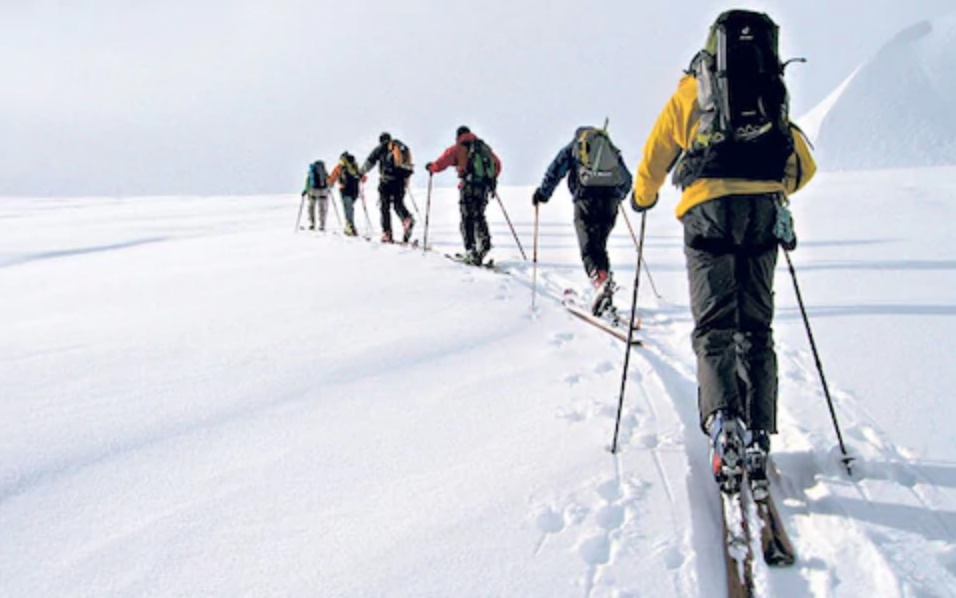
| DIN Range | Dedicated Touring Setup | 50/50 BC/Resort Setup | Frame Binding |
| Below 5 | Marker Alpinist 9 ATK Haute Route | Marker Tour F10 | |
| 5-6.5 | Marker Alpinist 9 G3 Zed ATK Haute Route | G3 Ion Fritschi Tecton | Marker Tour F10 Marker Tour F12 |
| 7-8 | Marker Alpinist 12 G3 Zed ATK Raider 12 | Fritschi Tecton Marker Kingpin Salomon Shift | Marker Tour F12 Marker Baron Salomon Guardian 13 |
| 8.5+ | ATK FR14 2.0 G3 Ion Fritschi Tecton | Marker Kingpin Salomon Shift | Marker Baron Marker Duke Salomon Guardian 13 Salomon Guardian 16 |
One pitfall people end up in is not balancing their gear. You should aim to have Ski, Boots and Bindings all be a similar weight class. If you have heavy alpine boots, and a frame binding on an ultralight ski you will find the performance disappointing and probably end up trying to ski too hard and snapping the ski. Or vice versa, you won’t be able to drive a big heavy all mountain ski if you have ultralight slippers and pin bindings. All of our Backcountry Ski packages aim to pair skis with bindings of an appropriate weight.


